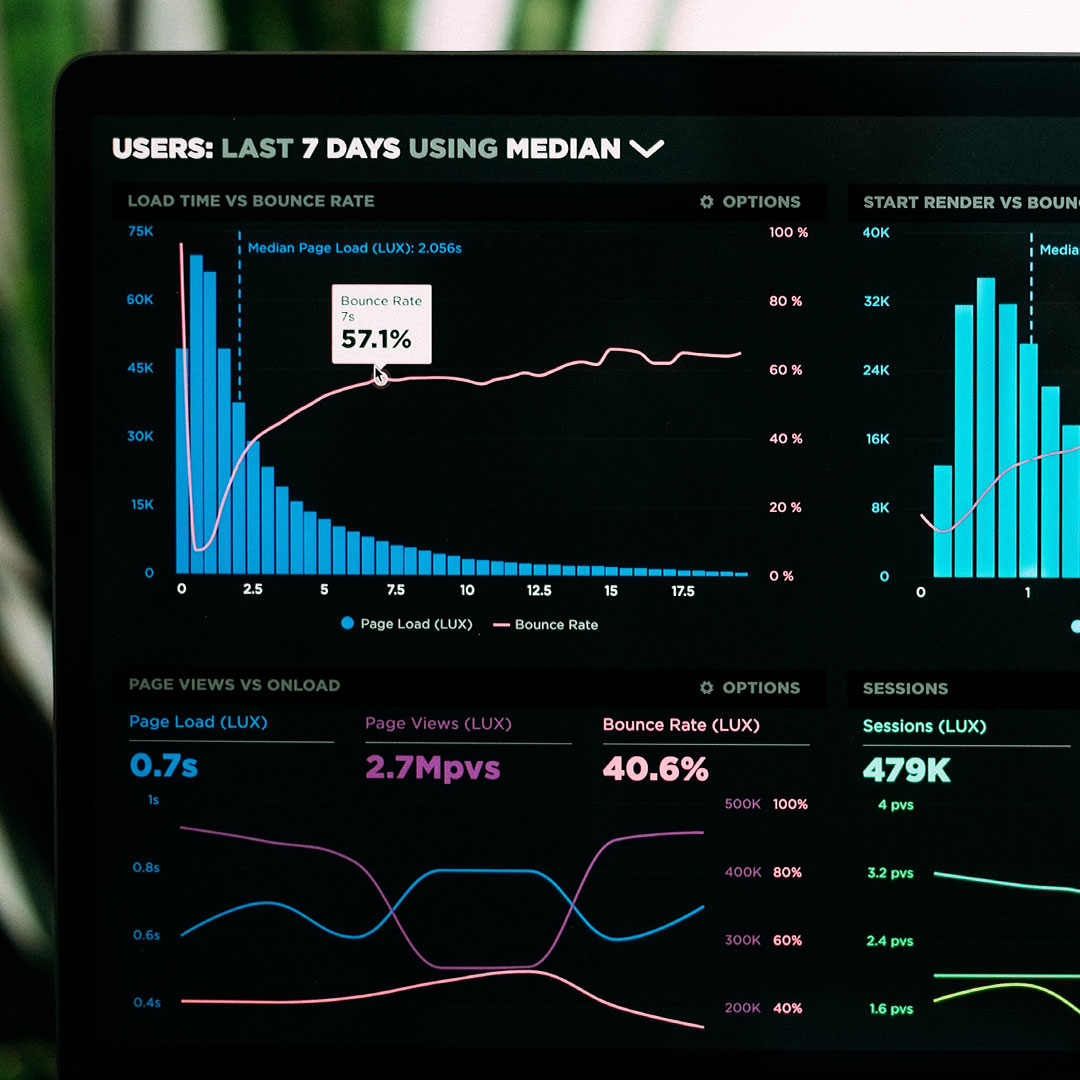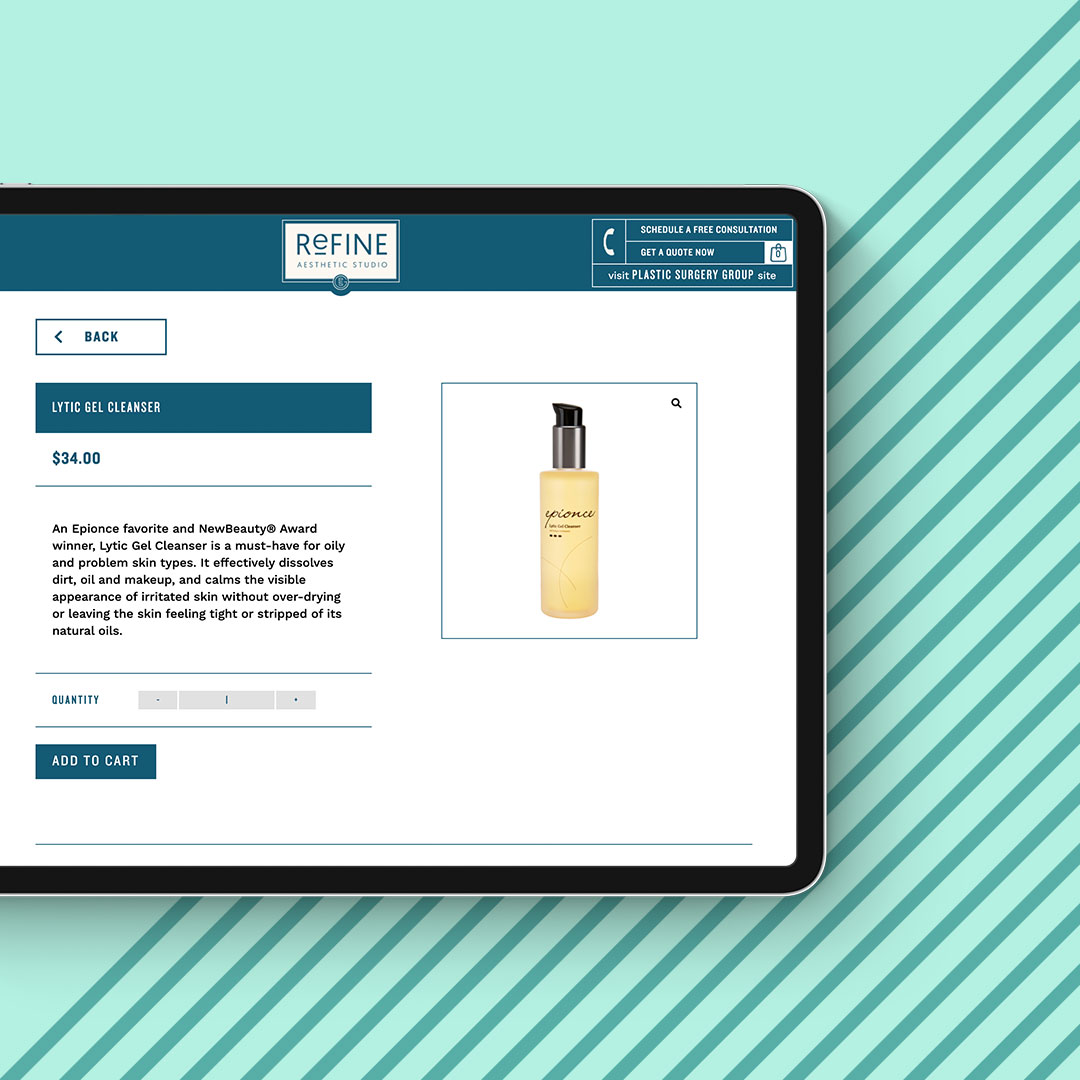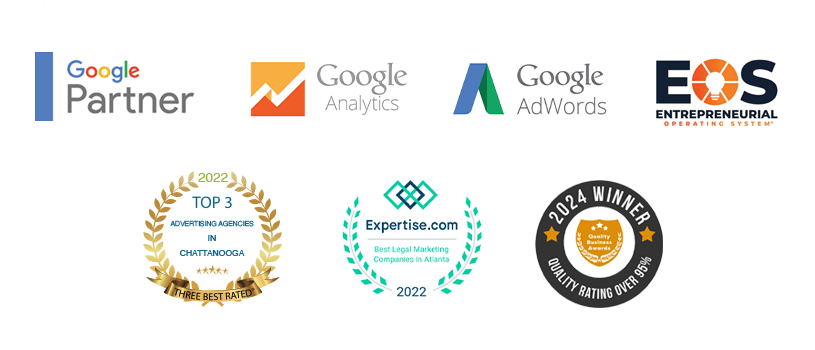In this podcast special, Sam Silvey chats with CEO of Chattanooga Whiskey, Tim Piersant, about all things regarding brand authenticity and strategy, overcoming obstacles, the effects of COVID-19, and other important topics. Tim shares the inspiring story of Chattanooga Whiskey and its 10-year journey of establishing its brand in the marketplace.
Listen now to understand more about how Founder and CEO of Chattanooga Whiskey triumphs through adversity as his company turns global.
How it Began
In 2011, Chattanooga Whiskey was founded by Tim Piersant and his partner, Joe Ledbetter, two friends with a vision to reform the ban on distilleries in Chattanooga, TN. Before 2013, it was illegal to distill whiskey in Hamilton Country due to the decades-old prohibition laws. With a mission to bring back “Whiskey to the People”, they set out to overturn those laws and began the Vote Whiskey campaign. Utilizing a broad marketing strategy centered around empowering the Chattanooga community, the successful Vote Whiskey campaign gained huge traction across the city. In May of 2013, the laws were overturned. Not only did the Vote Whiskey campaign open the doors for Chattanooga Whiskey, but it also created significant economic opportunity for all of Chattanooga, TN.
Following this milestone, Chattanooga Whiskey became the first distillery in the Chattanooga area in over 100 years. In 2015, they began the process of crafting their own unique bourbon whiskey recipe. After four years and over one-hundred recipe variations, Chattanooga Whiskey perfected and released the first ever Tennessee High Malt, a local whiskey that celebrates Chattanooga’s rich distilling history.
Brand Authenticity
Over the past two decades, white labeling in the spirits industry has become so common that finding a truly authentic brand with a real story is very rare. With the momentum and name recognition that came from the Vote Whiskey campaign, keeping the same white label product would have been an easy solution for Chattanooga Whiskey (the product was already doing well in several states), but that was not the Chattanooga Whiskey way. They were born to be trailblazers, so instead, they decided to be true to themselves and create a completely unique and entirely new bourbon recipe – the Tennessee High Malt. Although creating a new product was a significant risk, it was a risk they were willing to take to be an authentic brand.
In the video, Tim Peirsant shares the story of Chattanooga Whiskey’s recent launch in Kentucky and how it was received in the market. Kentucky consumers are known for their appreciation of bourbon, so it was important that Chattanooga Whiskey stood out as a unique brand. By sharing their authentic story of how Chattanooga Whiskey created the only Tennessee High Malt, it gave them a better chance to succeed in a market like Kentucky. Chattanooga Whiskey is a progressive brand because they not only have a true authentic story, but they also deeply believe that their flavor is unique, better, and different.
Brand Strategy
Tim explains that markets operate very differently in the spirits industry – some are independently driven while others are chain driven. This is important to take into consideration when building relationships, utilizing marketing resources, and implementing marketing tactics. An important strategy for Chattanooga Whiskey is to invest heavily in consumer education. Rather than using a “Spray and Play” tactic which would spread them far too thin, Chattanooga Whiskey has taken a more focused approach to share their story and build relationships the right way.
Even though naming a brand after a community can be limiting, Chattanooga Whiskey has gained major brand recognition across the United States. They are the only real branded Chattanooga product that is available in a third of the country. Chattanooga Whiskey is already available in nine different states and will soon be in twelve.
COVID-19 Challenges
Although whiskey is somewhat of a “recession-proof” product, the industry has faced some very difficult challenges with the COVID-19 pandemic. Big whiskey brands produce and sell approximately 80% of consumed alcohol. Although craft distillers only make up for a small fraction of sales, they are a huge economic and market driver. Tourism and social activity are major factors for the local spirits industry as they grow and build their brand. With COVID-19 causing the shutdown in the hospitality industry, distillers across the nation are suffering. A recent study found that 60% of craft distillers were doubtful that they would survive in the next one to two months.
Chattanooga Whiskey has been fortunate during these unprecedented times due to its growth, price point, and amount of time they have been in the industry. Because Chattanooga Whiskey is a retail-centric brand, they have been able to weather the storm and continue to grow. Chattanooga Whiskey has seen a 62% increase in sales compared to last year, whereas 42% of distillers are going out of business.
Let’s chat! Contact Spectruss today.


























